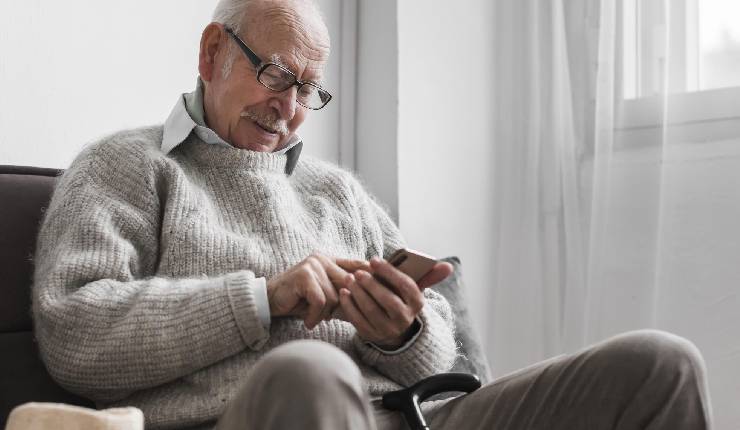In today’s rapidly advancing world, technology plays a crucial role in enhancing the safety and well-being of our loved ones. One such innovation is fall detection, which is revolutionizing the way we care for the elderly. Understanding how fall detection complements caregiver visits is essential for ensuring that our family members are safe and well-cared for.
As the population ages, the need for effective caregiving solutions becomes more pressing. By integrating fall detection systems with traditional caregiver visits, we can provide a more comprehensive care experience. This article delves into the intricacies of this symbiotic relationship, offering insights into how these technologies are changing the landscape of elderly care.

The Importance of Fall Detection
Falls are a leading cause of injury among the elderly. According to the CDC, one in four older adults falls each year. These incidents can lead to serious injuries, decreased quality of life, and even premature death. Thus, implementing fall detection systems is critical in mitigating these risks.
How Fall Detection Works
Fall detection technology uses sensors and algorithms to identify when a fall occurs. These systems can be wearable devices or integrated into the environment, such as in smart homes. When a fall is detected, the system sends an alert to caregivers or emergency services, ensuring a quick response.
Benefits of Fall Detection Technology
The primary advantage of fall detection is its ability to provide immediate assistance. This can significantly reduce the time it takes to get help, thereby minimizing the severity of injuries. Additionally, it offers peace of mind to both the elderly and their families, knowing that help is always just a moment away.
The Role of Caregiver Visits
While technology offers numerous benefits, the human touch provided by caregivers is irreplaceable. Caregiver visits ensure personalized attention, emotional support, and assistance with daily activities. By combining these visits with fall detection technology, caregivers can focus more on providing quality care rather than constantly worrying about potential falls.
Enhancing Caregiver Efficiency
Integrating fall detection systems into caregiver routines can enhance their efficiency. With real-time data and alerts, caregivers can prioritize their visits based on need, ensuring that those at higher risk receive immediate attention.
Building Trust and Confidence
The combination of technology and human care fosters trust and confidence among the elderly. Knowing that they have both technological support and a caring individual present can significantly improve their overall well-being and quality of life.
Integrating Technology and Human Care
The synergy between fall detection technology and caregiver visits offers a holistic approach to elderly care. By leveraging the strengths of both, we can create a safer and more supportive environment for our loved ones.
Case Studies and Real-Life Examples
Numerous case studies demonstrate the effectiveness of combining fall detection systems with caregiver visits. Families have reported reduced incidents of severe injuries and increased satisfaction with the care provided to their loved ones.
The Future of Elderly Care
As technology continues to evolve, the integration of fall detection and caregiver visits will only become more seamless. Innovations such as IoT sensors and smart home technologies will further enhance the safety and comfort of the elderly.
For more insights on the role of technology in elderly care, visit the article on Smart Elderly Care Solutions.
Conclusion
In conclusion, understanding how fall detection complements caregiver visits is vital for anyone involved in the care of the elderly. By embracing these technologies, we can provide a more comprehensive and effective care experience, ensuring the safety and well-being of our loved ones.

FAQ
What is fall detection?
Fall detection is a technology that uses sensors to identify when a fall occurs and sends alerts to caregivers or emergency services for immediate assistance.
How does fall detection benefit caregivers?
Fall detection systems provide real-time alerts that allow caregivers to prioritize their visits and focus on providing quality care, reducing the constant worry about potential falls.
Can fall detection replace caregiver visits?
No, fall detection cannot replace the human touch and emotional support provided by caregivers. It is best used as a complement to enhance the overall care experience.
This article contains affiliate links. We may earn a commission at no extra cost to you.






